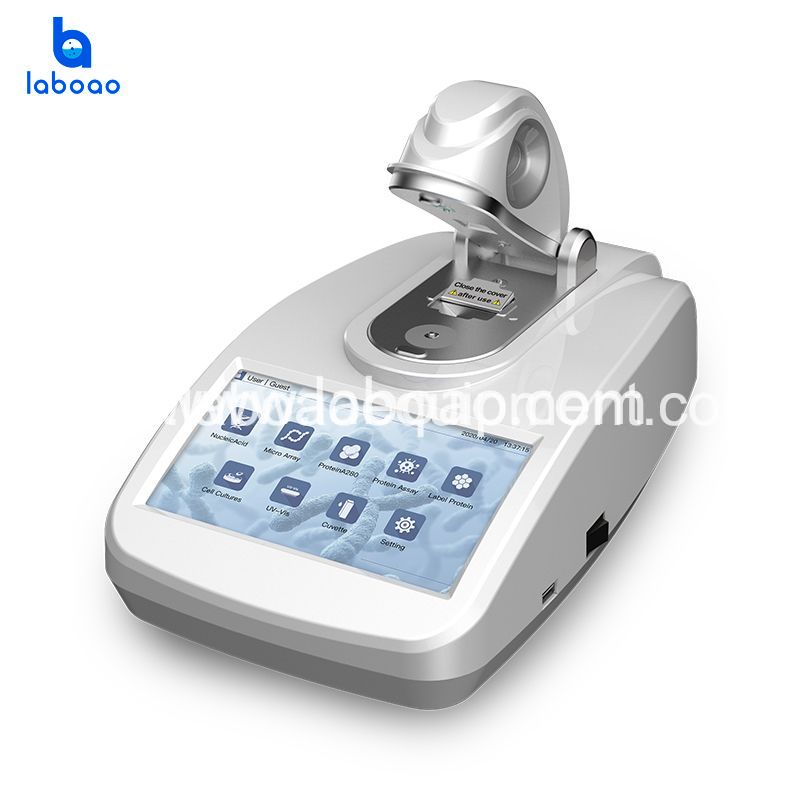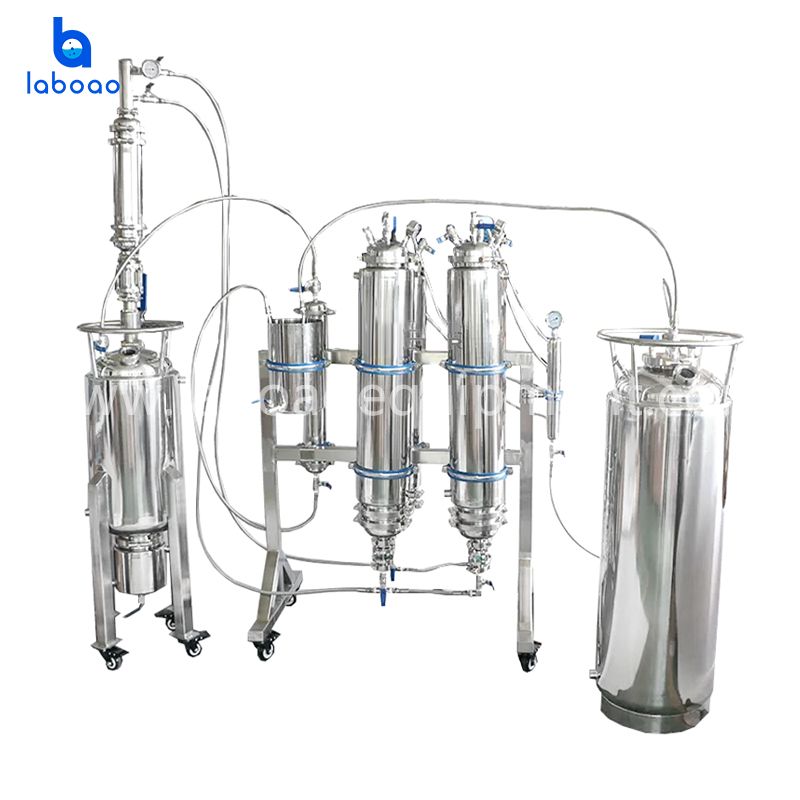You Will Understand The Functions And Differences Of Ten Incubators After Reading Them
The incubator is a very common laboratory instrument, but we often encounter various incubators, such as: constant temperature incubator, constant temperature and humidity incubator, carbon dioxide incubator, anaerobic incubator, mold incubator, light incubator etc.
With so many types, how do they differ?
The incubator, by simulating in the incubator a growth environment similar to cells/ tissues/ microorganisms in the organism or a certain situation, such as a certain temperature, a certain humidity, a certain light or a certain CO2 level, a certain It is a device for culturing cells/tissues/organisms in vitro. It is widely used in the fields of plants, biology, microorganisms, genetics, viruses, medicine, and environmental protection. It is widely used in low temperature and constant temperature experiments, cultivation experiments, Environmental tests and more.
The main types of incubators are as follows:
1. Constant temperature incubator
The constant temperature incubator is suitable for ordinary bacterial culture and closed cell culture, and is often used for pre-warming of equipment and reagents related to cell culture.
Features: heating control, without refrigeration.
The constant temperature incubator is divided into: water-proof constant temperature incubator and electric heating constant temperature incubator.
Water-proof electric heating constant temperature incubator:
The heating tube heats the water in the interlayer and utilizes water convection to form four-sided heating, effectively ensuring heating uniformity. The water jacket can still maintain a good temperature when the power is cut off. Two temperature control methods are adopted: a microcomputer intelligent temperature controller and a bimetal regulator. Temperature control range: room temperature +5°C-60°C, it can only stabilize the temperature above room temperature without refrigeration.
Electric constant temperature incubator:
Electric heating is adopted, the shell is made of cold-rolled plate electrostatic spraying, the inner tank is made of stainless steel, the insulation layer uses asbestos as the insulation material, and there is a heating tube at the bottom to heat the box through the heating tube. Its shortcoming is the temperature The uniformity is relatively poor, and the temperature shock ratio is high. It is mainly composed of several parts such as box body, heater, blower and temperature controller.
2. Constant temperature and humidity incubator
The constant temperature and humidity incubator can accurately simulate complex natural environments such as constant temperature and constant humidity, and is a kind of box with a precise temperature and humidity control system.
Features: temperature control, humidity control, generally without observation window
It is generally used for plant culture and breeding tests; various constant temperature tests such as microbial culture and fermentation, environmental tests, material denaturation tests, and storage of culture media, serum, drugs, etc. Widely used in medical and health, biopharmaceutical, agricultural research, environmental protection and other research and application fields.
This incubator is equipped with electric heating wire heating and compressor cooling at the same time. Therefore, it can adapt to a wide range and can be kept at a constant temperature throughout the year, so it is gradually becoming popular. The use and maintenance of this incubator is similar to that of an electric incubator. Since a compressor is installed, precautions for refrigerator maintenance must also be followed, such as keeping the voltage stable, not over-tilting, and cleaning the dust on the radiator in time.
Features: Biochemical incubators generally do not have humidity control and anti-virus functions. It has dual system cooling and heating temperature control. Usually with a glass observation window.
The biochemical incubator is an indispensable laboratory equipment for the scientific research of plants, biology, microorganisms, genetics, viruses, medicine, environmental protection, etc., and the education department. It is widely used in low temperature and constant temperature experiments, cultivation experiments, and environmental experiments.
The mold incubator is a test equipment suitable for cultivating eukaryotic microorganisms such as mold, because most molds are suitable for growing at room temperature (25 degrees Celsius), and a certain humidity needs to be maintained when cultivating on a solid substrate, so the general mold incubator is refrigerated System, heating system, air humidifier and cultivation room, control circuit and operation panel, etc., and use temperature sensor and humidity sensor to maintain the stability of temperature and humidity in the cultivation room. Some special mold incubators can also set the temperature and humidity to change with the cultivation time.
Features: dual-system cooling and heating control, heating, cooling, humidity control
This product is suitable for environmental protection, sanitation and epidemic prevention, agricultural and livestock, drug inspection, aquatic products and other scientific research, college experiments and production departments. It is a special constant temperature and constant temperature oscillation equipment for water analysis; BOD determination of bacteria and mold; cultivation and preservation of microorganisms; plant cultivation and breeding experiments.
5. Carbon dioxide incubator
The carbon dioxide incubator is to form a growth environment similar to cells/tissues in the organism by simulating in the incubator box. The incubator requires a stable temperature (37°C), a stable CO2 level (5%), and a constant pH value (pH value : 7.2-7.4), high relative saturation humidity (95%), a device for in vitro culture of cells/tissues.
Features: temperature control, generally only with heating, high temperature sterilization, some with refrigeration, CO2 level control, pH control, humidity control
Carbon dioxide incubators are widely used in the cultivation of cells, tissue cultures and some special microorganisms. They are commonly used in the study of cell kinetics, the collection of mammalian cell secretions, the carcinogenic or toxicological effects of various physical and chemical factors, the research of antigens and Production and cultivation of hybridoma cells to produce antibodies, in vitro fertilization (IVF), stem cells, tissue engineering, drug screening and other research fields.
Due to the increased control of carbon dioxide concentration and the use of microcontrollers to precisely control the temperature of the incubator, the success rate and efficiency of the cultivation of biological cells and tissues are improved. In short, the carbon dioxide incubator is a new type of incubator that cannot be replaced by ordinary electric heating constant temperature incubators.
Anaerobic incubators are also known as anaerobic workstations or anaerobic glove boxes. Anaerobic incubator is a special device for bacterial culture and operation under anaerobic environment. It can provide strict anaerobic constant temperature culture conditions and has a systematic and scientific working area.
Features: anaerobic control, temperature control
This product is a special device for bacterial culture and operation in anaerobic environment. It can cultivate the most difficult anaerobic organisms to grow, and can avoid the risk of death of anaerobic organisms when they are exposed to oxygen when they are operated in the atmosphere. Therefore, the device is an ideal tool for anaerobic biological detection and scientific research.
7. Artificial climate box
The airtight isolation equipment that can artificially control factors such as light, temperature, humidity, air pressure and gas composition is called an "artificial climate box".
Features: light control, humidity control, cold and heat control, air pressure control, gas composition control
The artificial climate chamber is a high-precision cold and hot constant temperature equipment with lighting and humidification functions, providing users with an ideal artificial climate experiment environment.
It can be used for plant germination, seedling cultivation, tissue and microbial culture; insect and small animal breeding; BOD determination for water analysis and artificial climate tests for other purposes. It is an ideal experimental equipment for production and scientific research departments such as biogenetic engineering, medicine, agriculture, forestry, environmental science, animal husbandry, and aquatic products.
8. Light incubator
The light incubator is a high-precision constant temperature equipment with light function. It is a special constant temperature culture device for the cultivation and breeding experiments of bacteria, molds and microorganisms. production use.
Features: light control, constant temperature control (cooling and heating)
The shell of the light incubator is generally cold-rolled steel plate, the surface adopts electrostatic spraying process, the liner is engineering plastic or stainless steel, the insulation layer is formed by polyester foam, and the light-transmitting window adopts double-layer hollow glass to ensure the thermal insulation performance of the box. There are cold and hot air ducts inside the body, and the gas circulation in the box is smooth and the temperature is more uniform.
The light incubator is mainly used for the cultivation of plants, and the microbial incubator has different types according to the types of microorganisms cultivated.
9. Plant incubator
The plant incubator is actually a lighted and humid constant temperature incubator, in which the light, temperature, humidity and other conditions can meet the growth needs of plants. The principle of the plant incubator is several sets of lamp tubes and a set of temperature control device (usually 5-50 degrees).
If it is more advanced, there are lighting settings, such as when to turn on the lights and when to turn off the lights, when the light is stronger, and so on.
Features: light control, humidity control, constant temperature control, specially used for plant cultivation
10. Low temperature incubator
Low-temperature incubators are widely used in storage medium, serum, medicines, microbial culture, environmental tests, etc.
Features: The temperature can be lower, down to minus 150°
Got it now? After reading the above categories, it is not difficult to find that the functions of many products are the same or similar, but the names given by users and manufacturers are different. I hope these summaries can help everyone.

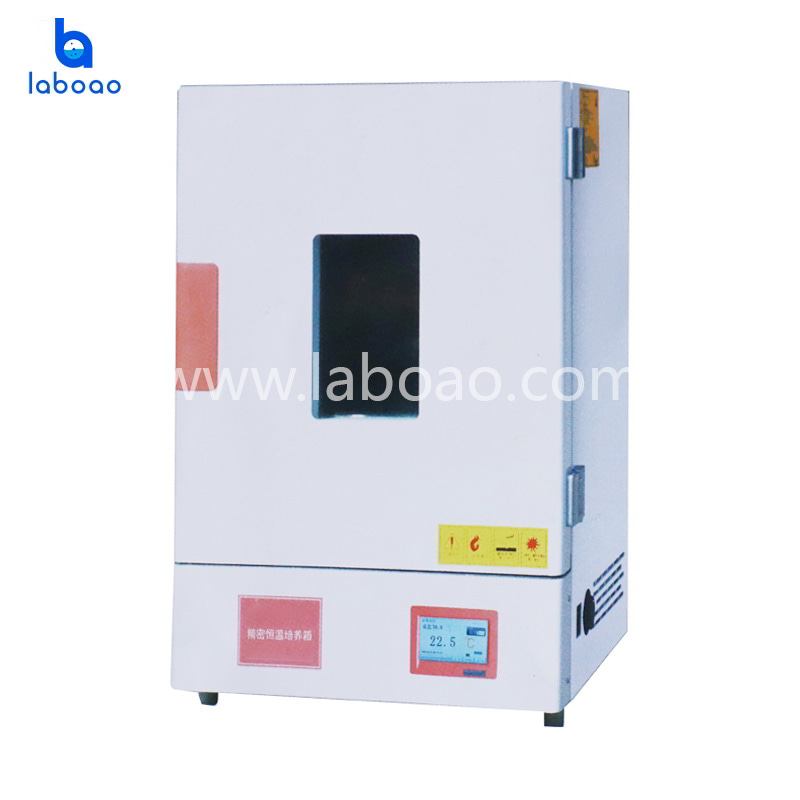
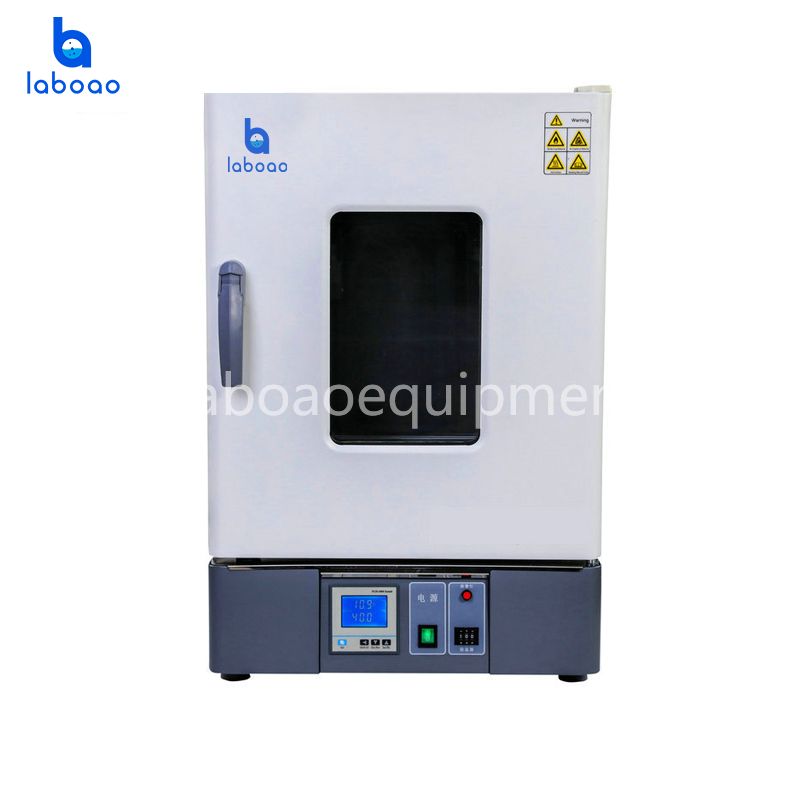
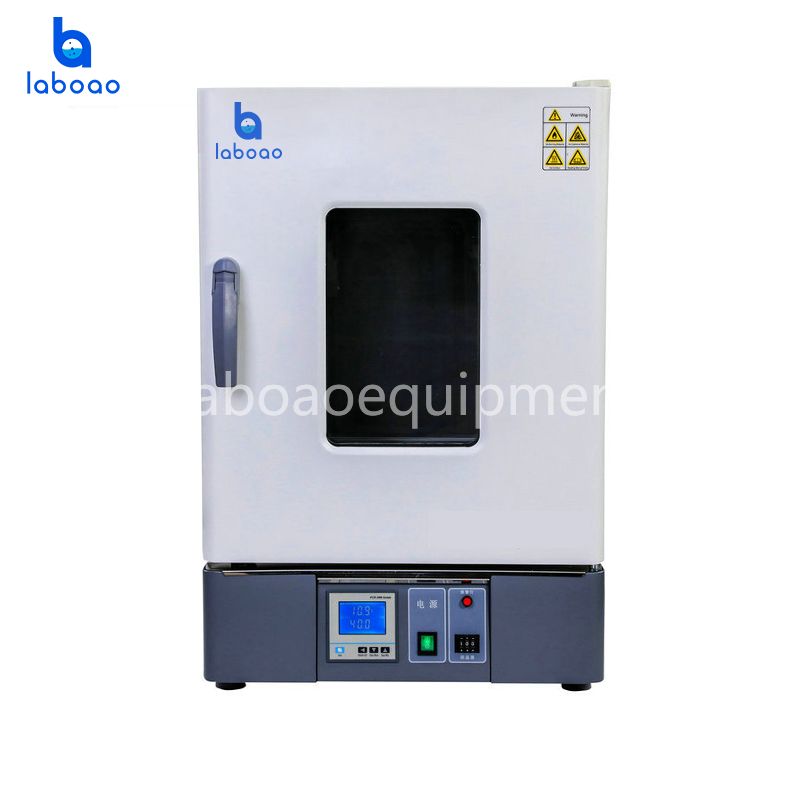
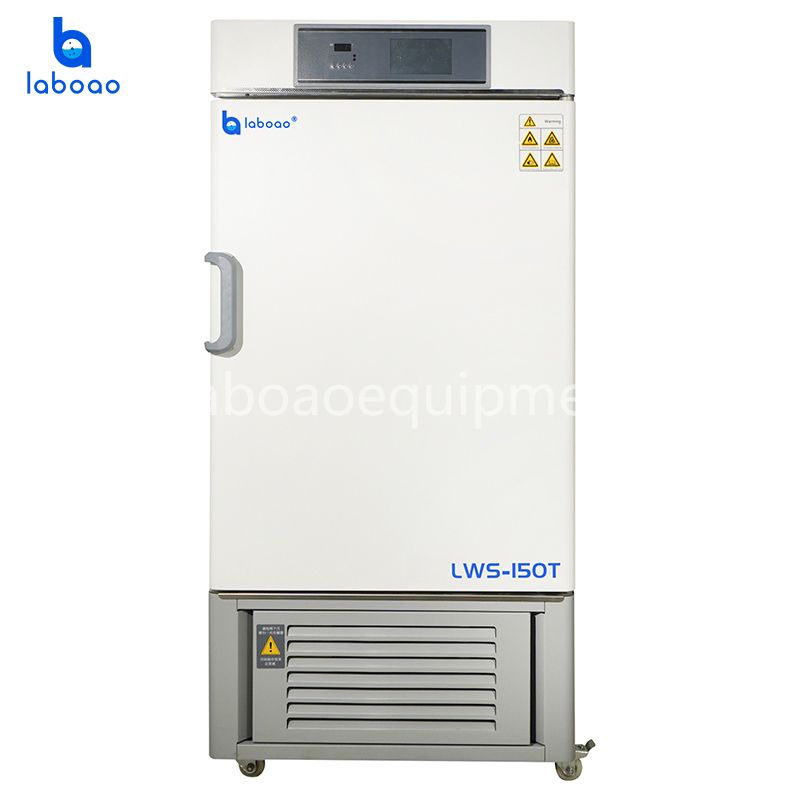

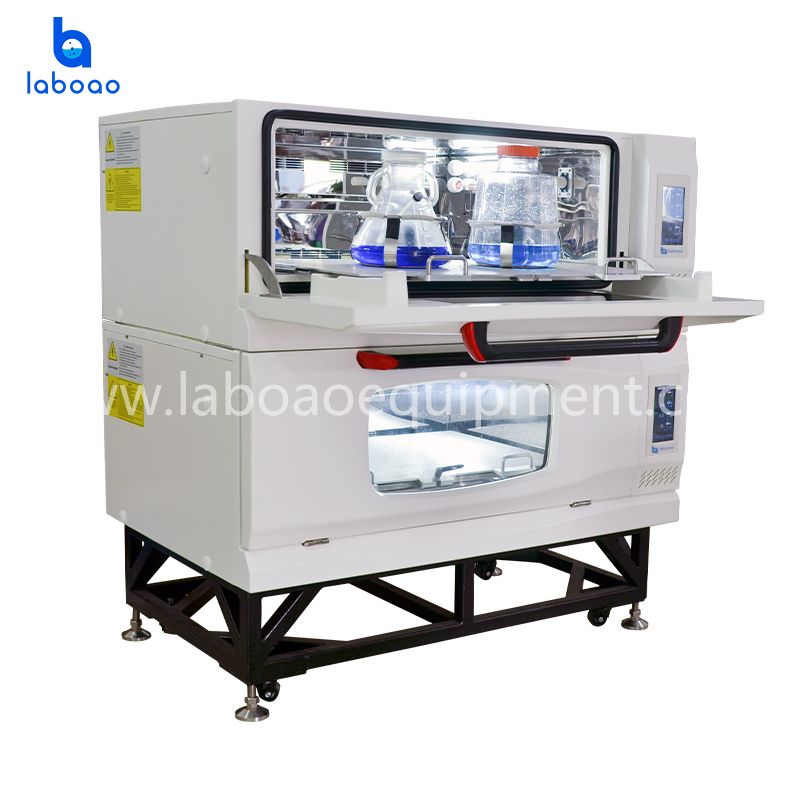
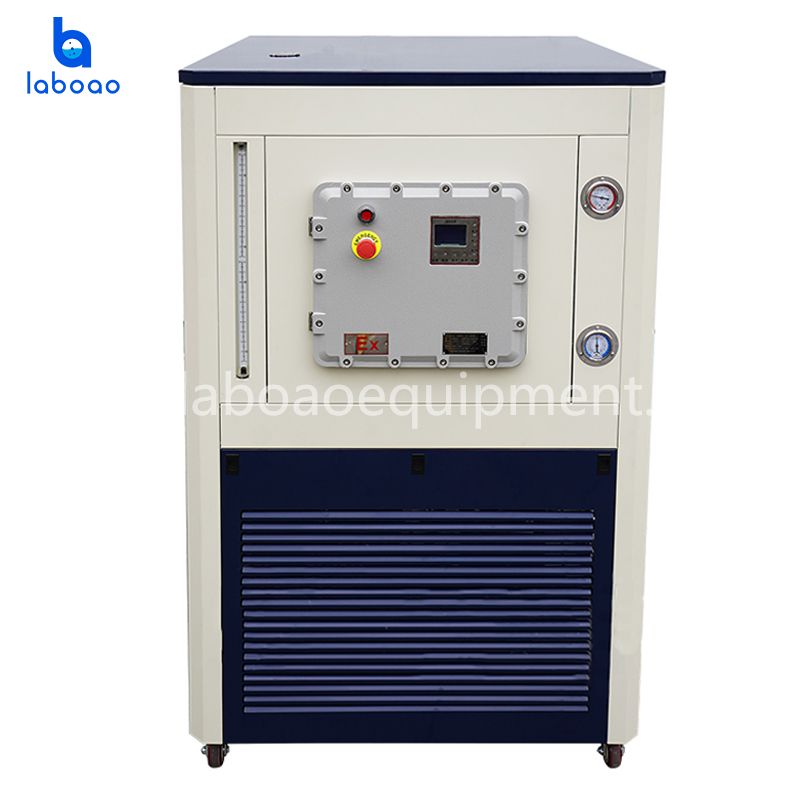
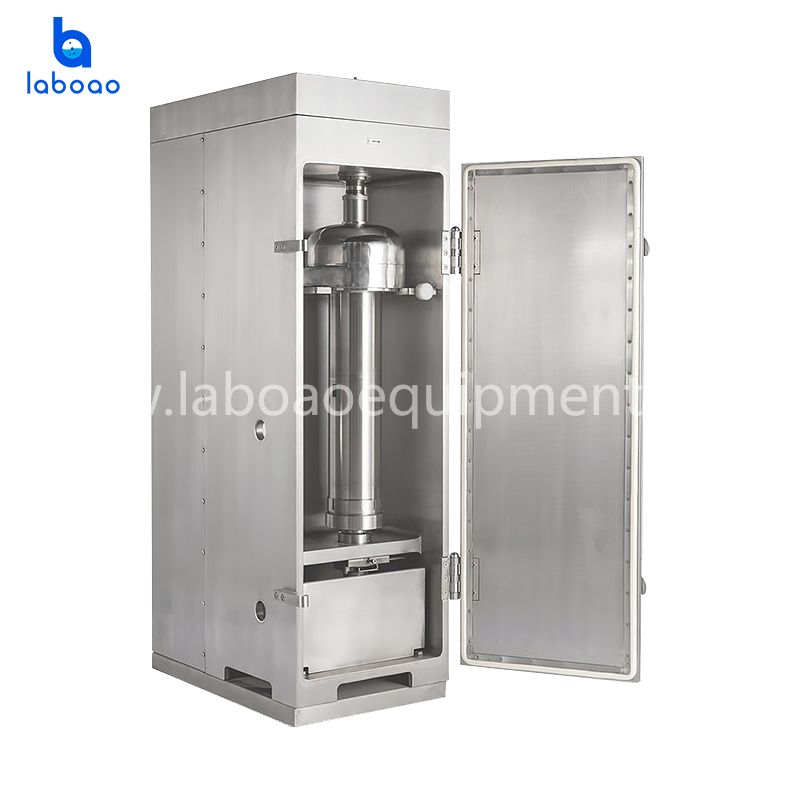
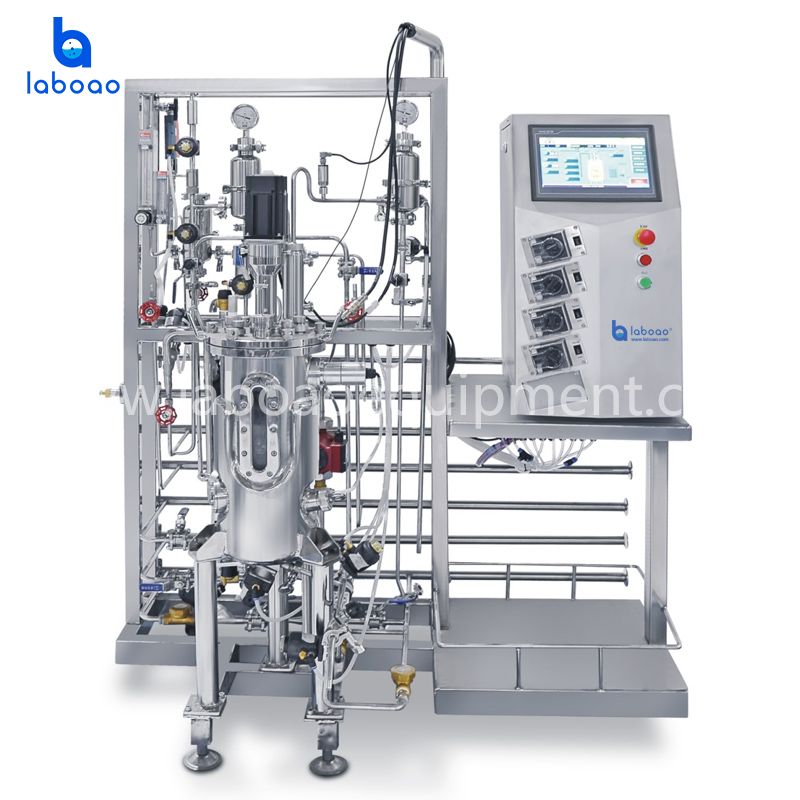
-analyzer-1695623743955.jpg)
